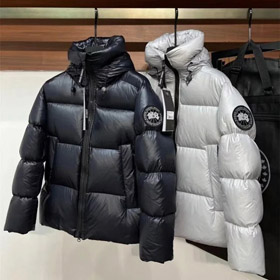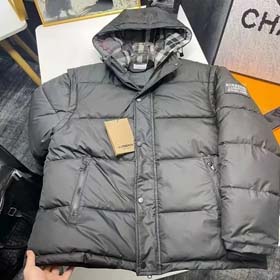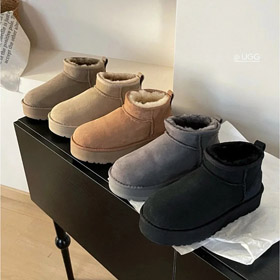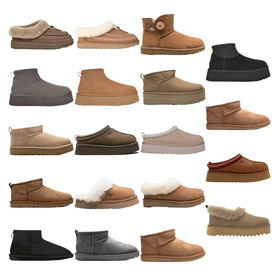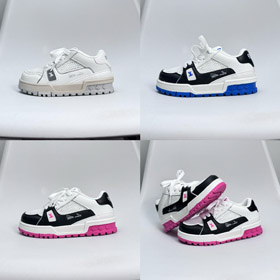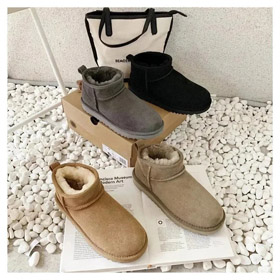The Physics of Web Performance
Drawing inspiration from ESheet FBISE Physics
Key Technical Implementations
1. Resource Optimization
<script defer src="optimized-bundle.js"></script> <link rel="preload" href="critical.css" as="style">
Applying the principle of moments
2. Image Compression
<picture> <source srcset="product.webp" type="image/webp"> <img src="product.jpg" alt="Product" loading="lazy"> </picture>
Like waveform compression in physics, proper image formatting reduces 'amplitude' (file size) without losing essential 'frequency' (image quality).
Impact on User Shopping Behavior
| Performance Level | Conversion Impact | Psychological Effect |
|---|---|---|
| <1s load time | +20% conversions | Triggers instant engagement (impulse buying) |
| 1-3s load time | Baseline conversions | Conscious decision making |
| -30% conversions | Frustration and abandonment |
ESheet's problem-solving approach teaches us to identify rate-limiting factors - in e-commerce, this is often perceptual performance
Behavioral Physics: The Hysteresis Effect
Just as magnetic materials show lag in response (hysteresis), users develop 'performance bias' based on their first experience:
- Fast first impression builds tolerance for occasional slowdowns
- Slow initial experience creates persistent skepticism even after improvements












